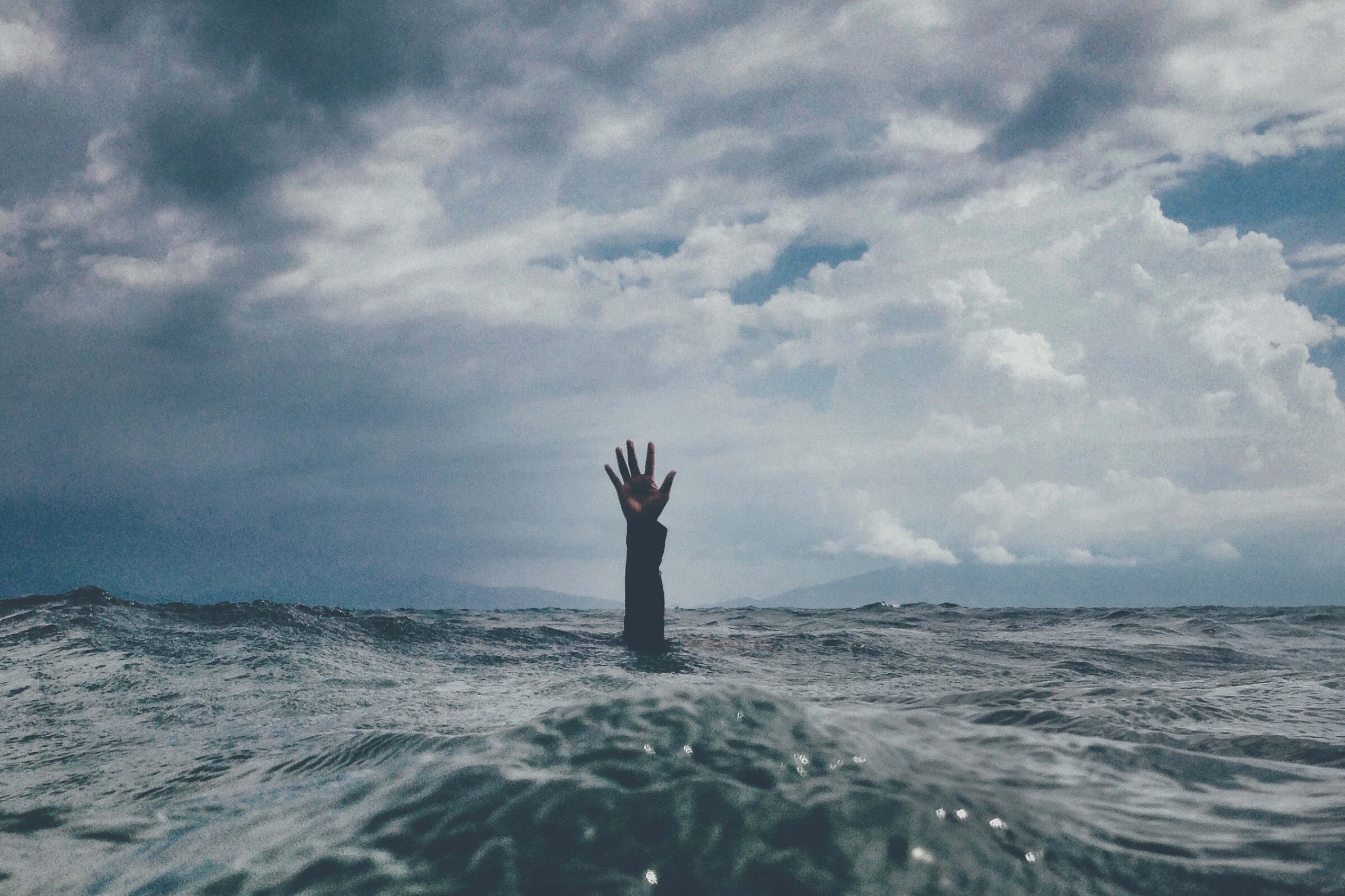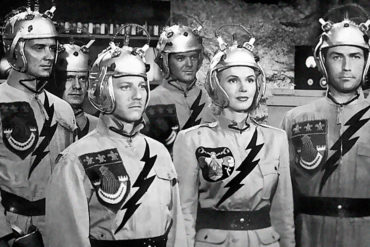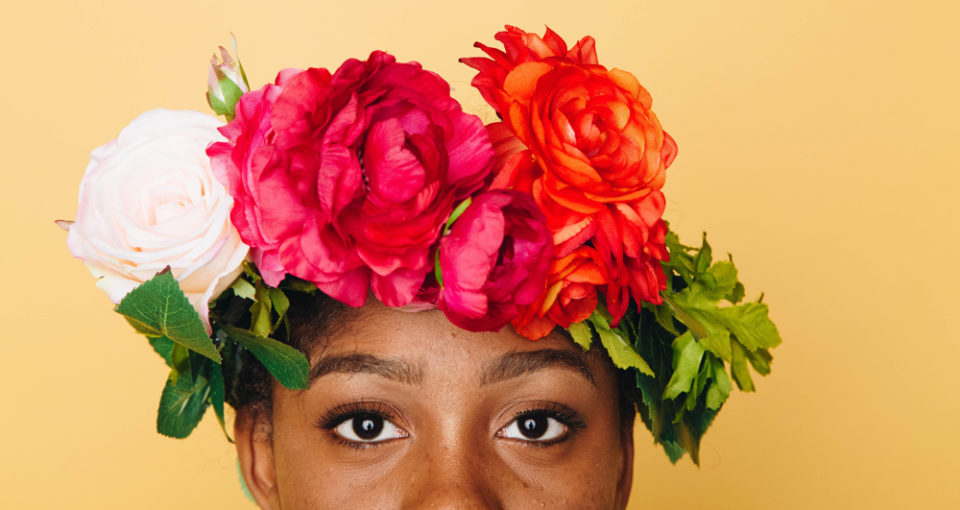In 2011, editors of the Satmar Hasidic newspaper Di Tzeitung Photoshopped a picture of the Situation Room to remove the images of two women. Secretary of State Hillary Clinton and Director of Counterterrorism Audrey Tomason were present as they watched the mission to kill Osama bin Laden unfold.
The decision to erase the two female leaders made it to secular media outlets, sparking a wave of editorials. Di Tzeitung published a statement to apologize—for violating White House copyright. They explained their policy to not publish images of women was due to the “laws of modesty,” and was not in denigration of women. To the contrary, the statement praised Hillary Clinton for “representing New York State with great distinction,” and “when she was re-elected in ’06 it was because the religious community, among others, appreciated her unique capabilities, talents and compassion for all.”
6 years later, we are in a moment of heightened awareness of the extent of women’s subjugation. Somehow, things are coming together so that powerful movie directors and famous actors who have abused women are being deposed. The voices of women whose opportunity to be on the big screen were ruined are finally being heard.
In the ultra-orthodox world, however, the ills of Hollywood have always been a given. Popular entertainment simply isn’t consumed, one main reason being the exposure of women’s bodies. The complete absence of women’s printed or moving images does, in a way, balance the extreme exploitation of women’s bodies to sell movies, music, and pretty much any product. But participating in either extreme is unsustainable.
A few months ago, Hevria featured a piece titled The Invisible Jew, by Merri Ukraincik. She describes her shock and confusion about her friend, a paradigm of Jewish refinement and grace who was being featured at a gala for being so, but wasn’t pictured in the invitation next to her husband. Merri’s piece was one of a spate describing the frustration of Jewish women at the idea of their image not being permissible. That our daughters’ role models can’t appear in print, though our sons’ do. That the validation of appearing in a magazine is denied to women who take pride in their work in and out of the home. Facebook groups and pages listed article after article discussing how it felt to be part of the communities that held this standard—and what could be done to change it.
How did this standard come to be? How does anyone go about changing such a thing? Though I count myself among the ultra-orthodox, my own segment of it has a statement on the importance of the presence of women and girls in our media from our Rebbe. But even Lubavitch periodicals, like the online COLLive.com, have lines drawn, however inconsistently. Photos from engagement parties and weddings will not include ones from the women’s side, though scrolling to the next article may feature photos from a mikvah fundraiser with a distinguished female speaker.
On Shabbos, when I asked my rebbetzin to explain the value of keeping women out of print, she called over her colleague to help give a broader picture. Her colleague, Perl Stroh, mother and grandmother of many children, is the executive director of the Chabad Early Learning Center of Manhattan’s Upper West Side, an EMT, one of the founders of Ezras Noshim, an organization that trains female EMTs for Hatzoloh in ultra-orthodox communities. With a foot in a few worlds, her explanation centered about how difficult it is to simply be a woman. Everything we do, whether we are Jewish or not, invites scrutiny. Our choices as mothers, professionals, makeup, clothing, hair covering, lack thereof, marital status, age—anything. That is what she identifies as the protection of women in not printing their image. A woman being featured for her accomplishments in a magazine is saved from comments or projections about her appearance if she’s not visible.
However, Perl acknowledged the vacuum of positive imagery of women. Without any provided by their own community, girls are left with the ones that appear in advertisements—models who are selected for their external features. She noted that she has delivered subscriptions of the N’Shei Chabad magazine, which features photos of women, to Kiryas Yoel and New Square. There is a definite need for positive depictions of women, and this need is garnering more attention.
Merri’s piece has since developed into a planned art exhibit that is now taking submissions. Also called The Invisible Jew, the exhibit is a joint project of JOFA, Jewish Art Salon, and Hevria. It is calling for submissions in traditional and non-traditional media of images that represent the theme of women who struggle with being truly seen in their Jewish communities. While photographs in a magazine may capture the basic contours of a woman’s appearance, art has the capability to visually represent much more. It is definitely time to explore this challenge of being seen for who we are as Jewish women, and art is possibly the best place to start.
Please visit the submission page for The Invisible Jew!





